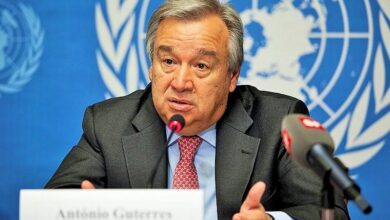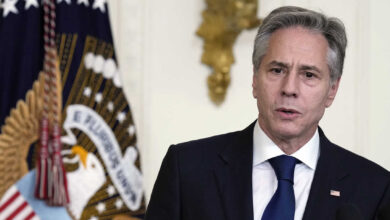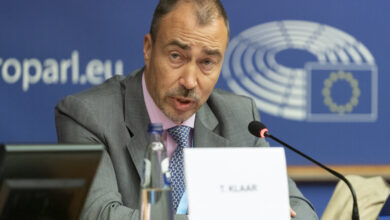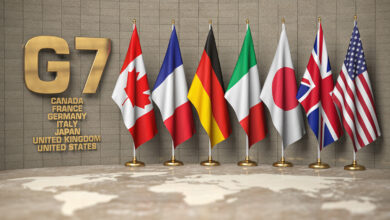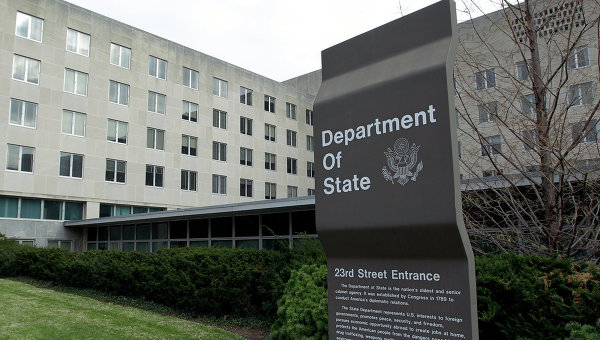The threat of genocide of Armenians still exists in Azerbaijan
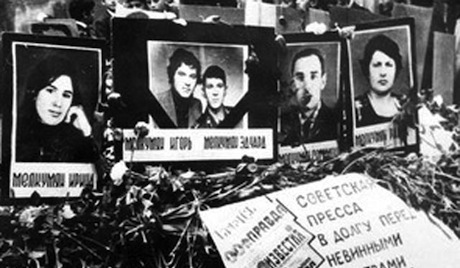
The Voice of Russia has published an article by Ruben Zargaryan, Associate Professor of History, Advisor of the 1st class of the NKR MFA. The article runs as follows:
“Armenians have commemorated the 25th anniversary of Armenian genocide by Azerbaijan. Unfortunately, the world community still has not given a proper political and legal assessment of this crime of the Azerbaijan authorities, and thus has not secured itself against the future recurrence of genocide in other regions of the world.
The genocide of Armenians in Sumgait was organized by Azerbaijani authorities in response to the peaceful constitutional ruling of the Nagorno-Karabakh Regional Council of People’s Deputies on February 20, 1988 to reintegrate Nagorny Karabakh into Armenia. Before their split during the Soviet times, Nagorny Karabakh had been an integral part of Armenia for millenia.
On February 27-29, 1988, mass pogroms broke out in the city of Sumgait, hundreds of kilometers away from Nagorno-Karabakh. The subsequent killings of Armenians, crimes against humanity stunned the world public by its savagery and brutality. During the three days of massacres and pogroms, dozens of Armenians were butchered, hundreds were wounded, many subjected to violence, torture and harassment, 18 thousand people were displaced. The genocide in Sumgait became the embodiment of hatred for Armenians that was inherent for the policy of Azerbaijan’s leadership.
Azerbaijani brutes armed with factory-made metal rods and other deadly weapons took to the streets to commit crimes. Stones were piled in the centre of the city to be then thrown at motor transport and law enforcement. Telephones of the Armenian residents of Sumgait were turned off during pogroms or when people called the militia or the City Committee of the Communist party asking for help. The phones of many Russian residents were also cut off.
Pogrom-makers knew their task very well; they had been provided with lists of Armenians and their addresses. Groups of 50 to 80 bandits broke into Armenian houses, killing people or dragging them out in the street or courtyard for public humiliation. After severe tortures, victims were doused with gasoline and burned alive. Thus entire families were slaughtered.
The Sumgait genocide gave the green light to new unprecedented crimes against the civilian population in Nagorno-Karabakh, and ultimately led to an open military aggression of Azerbaijan against Nagorno-Karabakh in 1991-94.
After the Nagorno-Karabakh Republic was created under the norms of Soviet and international law, Azerbaijan carried out a large-scale terrorist attack. The Baku administration had committed crimes against peace and humanity, planning, preparing and waging a war, murdering civilian population, killing and abusing prisoners of war and pulling down towns and villages.
In February 1992, the Azerbaijan leadership murdered their own people in the territory of Khojali controlled by the Azerbaijan army, or more precisely in the outskirts of Agdam, whence the continuous bombardment of the NKR territory and attacks on the cities and villages were carried out.
The Azerbaijan authorities have been systematically distorting events in Khojali. Azerbaijan has been pointing to computer-edited photos on this and other historical events. Photos that allegedly represent the Khojaly tragedy are in fact photos of the 1983 earthquake in Turkey, Afghan children-refugees, 1978 Alawi pogroms in the Turkish city of Marash, photos of Albanians killed in Kosovo, 1999 pogroms in the Balkans, and pictures of Hamas militants wiped out by the Israeli army.
Azerbaijan has repeatedly tried to use the Khojali incident to distract the attention of the international community from the Armenian genocide in Sumgait, Baku, Kirovabad, Khanlar and other Azerbaijani settlements, as well as in the border settlements of Nagorno-Karabakh.
In the course of the large-scale attacks of Azerbaijan against the Nagorno-Karabakh Republic in 1991-94, Azerbaijan’s army occupied the Karabakh village of Maraga on April 10, 1992, brutally killing 81 people and taking 67 people hostage. Many of them are still missing. People who couldn’t flee the village were dismembered with axes, doused with gasoline and burned alive. All these crimes of Azerbaijan against humanity have not been adequately assessed by the world community.
The modern Azerbaijan has not only refused to repent for endless atrocities and murders and try the criminals but has been only flexing muscle, threatening to take revenge on Armenians, calling to shoot down civilian aircrafts, falsifying history and insulting the Armenian people. The shameful release and glorification of the axe-wielding murderer Safarov has once again demonstrated that nationally motivated attacks in Azerbaijan have been raised to the rank of state policy, while systematic and deliberate lies and breakdowns of international agreements now serve as cornerstone of Baku policy.”


